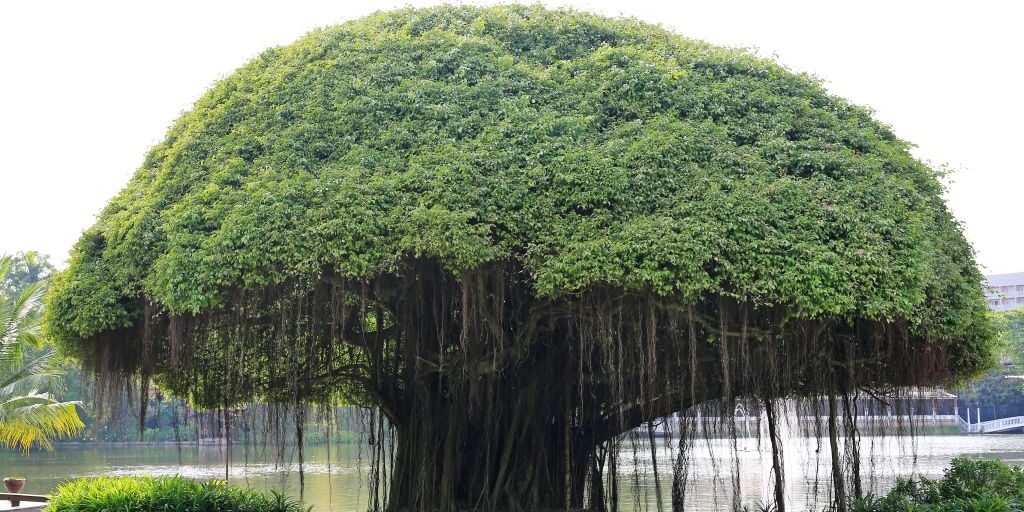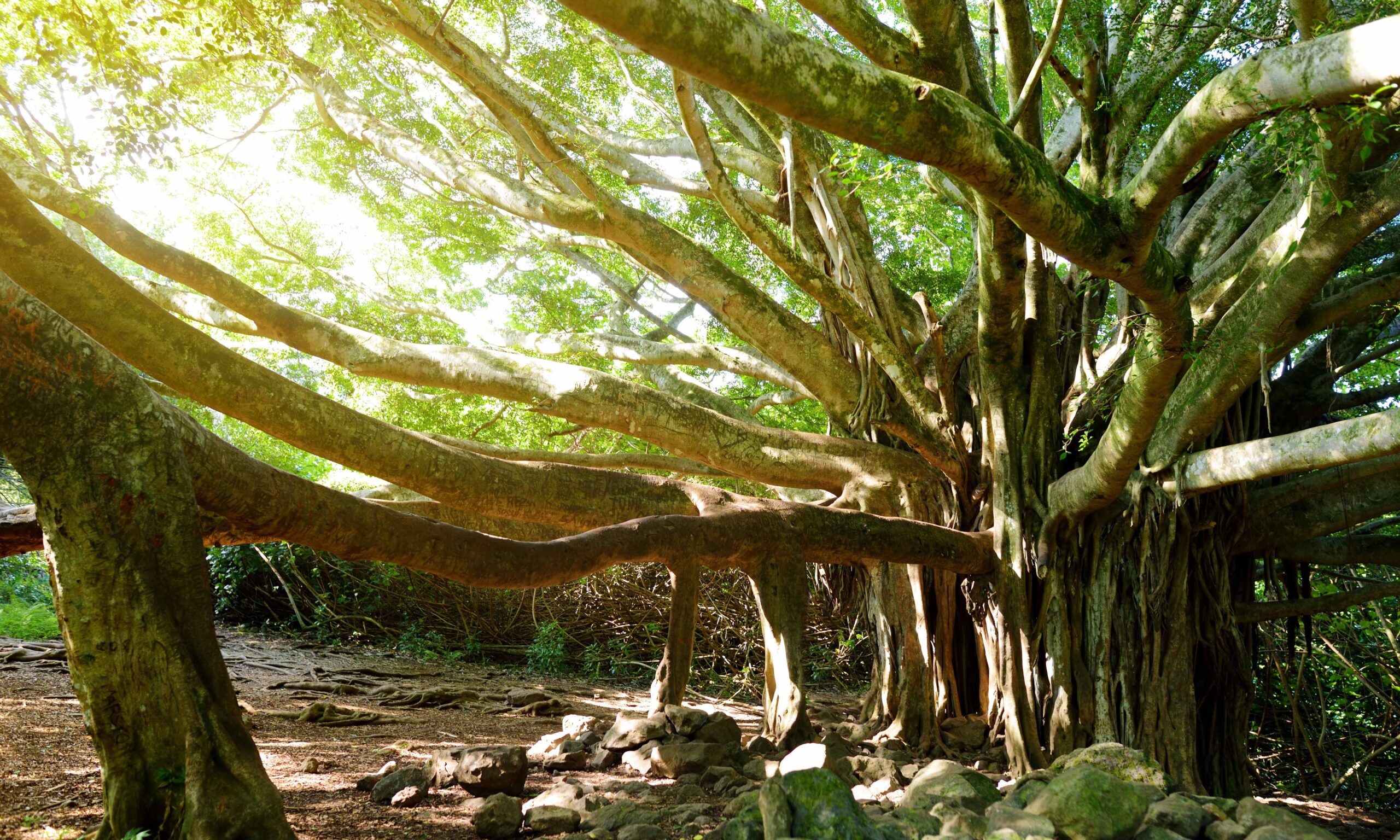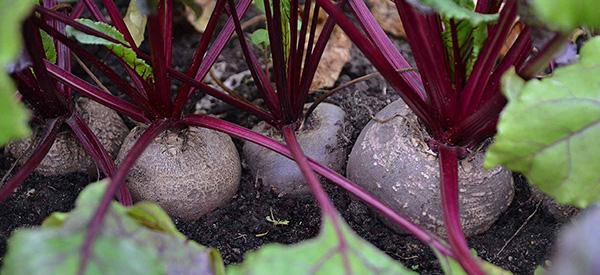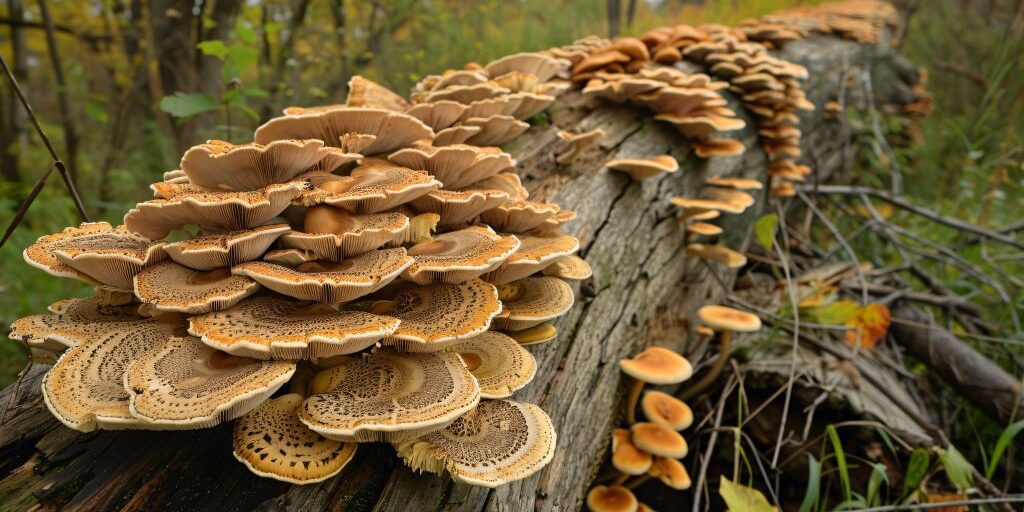
The Banyan Tree: Nature’s Pillar of Strength and Healing
With its sprawling canopy and roots that descend like sacred threads from heaven, the Banyan tree (Ficus benghalensis) is more than just a botanical wonder—it’s a symbol of endurance, protection, and quiet healing. Revered for centuries in Ayurveda and used by traditional communities across Asia, this tree carries not only cultural weight but also medicinal promise.
Whether you’re interested in its grounding presence, its holistic benefits, or the idea of growing one yourself, the Banyan tree is a treasure worth knowing.
How to Identify the Banyan Tree

The Banyan tree is easy to spot once you know what to look for. It’s the kind of plant that introduces itself, often dominating the landscape with its majestic architecture.
- Leaves: Large, leathery, and glossy green. Oval-shaped with a pointed tip.
- Roots: The hallmark of the banyan—aerial prop roots that grow downward from branches, eventually anchoring into the soil and forming new trunks.
- Bark: Smooth and grayish, with occasional fissures on older trees.
- Fruit: Small, round, red figs that grow in pairs along the leaf axils.
These trees can grow massive, covering acres over time. In many cultures, they’re considered sacred, often found near temples or village centers where people gather beneath their shade for meditation and healing.
How to Grow the Banyan Tree
While the Banyan is best known in tropical climates, it can be cultivated in containers or greenhouses in cooler zones—with care.
Growing from Seed:
- Collect ripe figs from a mature Banyan tree.
- Clean and dry the seeds, removing any pulp.
- Sow in well-draining soil, just under the surface.
- Keep the soil moist but not soaked, and place in a warm, sunny area.
- Germination takes about 2–4 weeks.
Growing from Cuttings:
- Use a healthy stem cutting (6–8 inches long).
- Dip in rooting hormone and plant in a mix of sand and compost.
- Water regularly and keep warm until roots develop.
Growing Tips:
- Climate: Thrives in USDA zones 10–12.
- Soil: Prefers loamy, slightly acidic to neutral pH.
- Watering: Young trees need regular watering; mature ones are drought-resistant.
- Container Growing: Keep pruned. Aerial roots may need trimming or support.
Health Benefits of the Banyan Tree
Traditional healers didn’t overlook the Banyan—and for good reason. Each part of the tree offers medicinal value:
Anti-Inflammatory Properties
- The bark is used to make decoctions that reduce swelling and joint pain.
- Common in Ayurvedic treatments for arthritis and inflammatory conditions.
Antimicrobial and Wound Healing
- The latex (milky sap) has natural antibacterial qualities.
- Applied topically, it helps with minor cuts, ulcers, and skin infections.
Digestive Support
- The bark powder can be taken internally (under supervision) to treat diarrhea and dysentery.
- Its astringent properties help tighten the gut lining.
Diabetes Management
- Some studies and folk remedies note that extracts from banyan bark may help regulate blood sugar levels when used as a tea or decoction.
Female Reproductive Health
- Traditionally used to balance menstrual cycles and strengthen the uterus postpartum.
As always, use caution when exploring natural medicine—especially with latex-containing plants. Consult with a qualified herbalist before internal use.
Plants That Resemble the Banyan Tree
| Plant Name | Similar Features | Key Differences |
| Ficus religiosa (Peepal Tree) | Broad leaves, fig-like fruit, sacred status | No aerial roots; leaves have a heart-shaped tip |
| Ficus microcarpa | Aerial roots, glossy leaves | Smaller size, often used for bonsai |
| Ficus elastica (Rubber Tree) | Thick leaves, latex sap | No aerial roots, more commonly grown indoors |
| Strangler Fig (Ficus spp.) | Rooting from the canopy down | Often parasitic; not as structurally expansive |
Rediscover the Power of Forgotten Remedies
The Banyan is a reminder: nature has never forgotten us—we’ve just forgotten how to listen.
If you’ve felt a pull back toward natural healing, if you’re tired of modern pills that treat symptoms but ignore the root, then it’s time to reconnect. I highly recommend The Forgotten Home Remedies Book.
This isn’t just a list of herbs—it’s a return to ancestral wisdom. You’ll learn:
- How to make your own tinctures, salves, and healing infusions
- Which plants growing in your backyard can treat everything from infections to insomnia
- Practical remedies passed down through generations—preserved in one powerful guide
Whether you’re new to herbalism or you’ve been gathering remedies for years, this book is a must-have compass for your journey. The Banyan tree is just one chapter in a much bigger story—and this book helps you write the rest.
Final Thoughts
The Banyan tree is more than a living landmark—it’s a healer, a protector, and a quiet teacher of resilience. From its roots to its canopy, it offers medicine for body and spirit.
In a time when we’re being pulled further from the natural world, the Banyan invites us to return to our roots—literally.
Explore, grow, and heal.
You may also like:
Chicory Root Coffee – A Natural Brew with Deep Roots
The “Super Plants” Every Stockpile Needs (Learn More)











